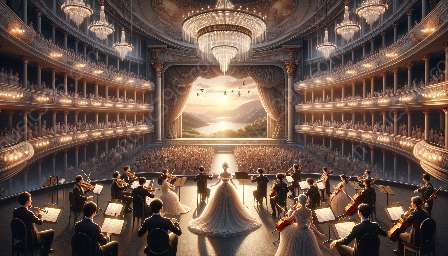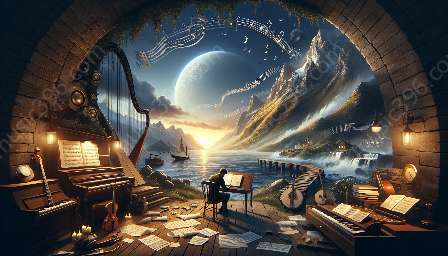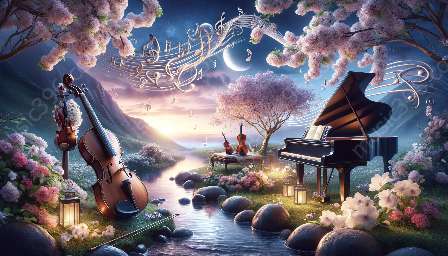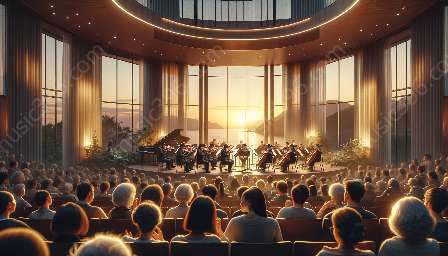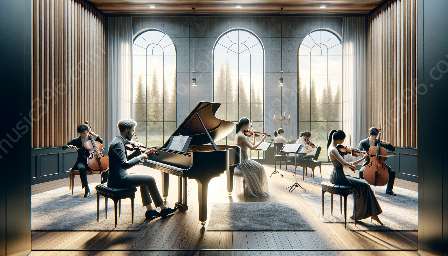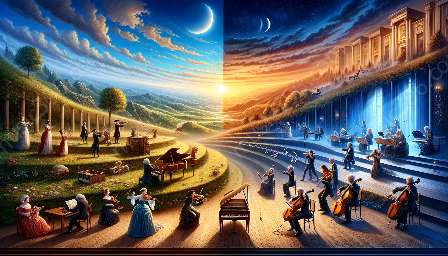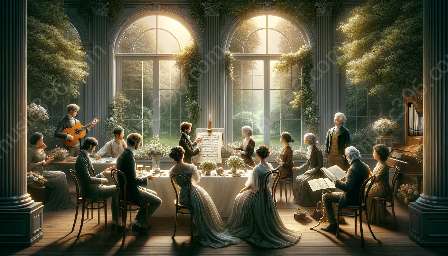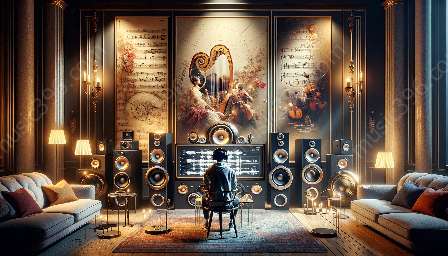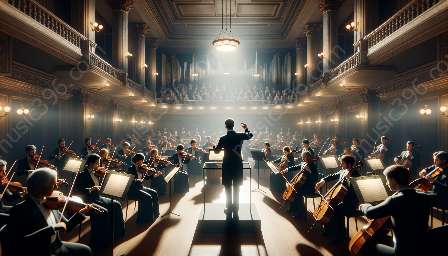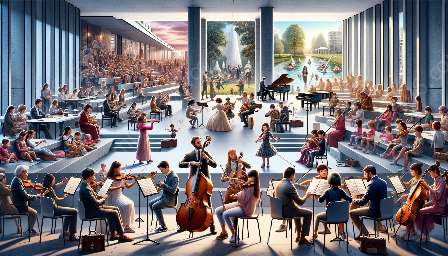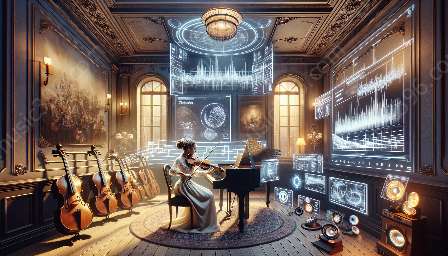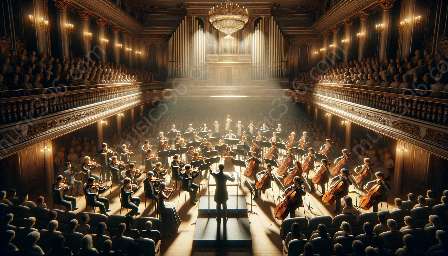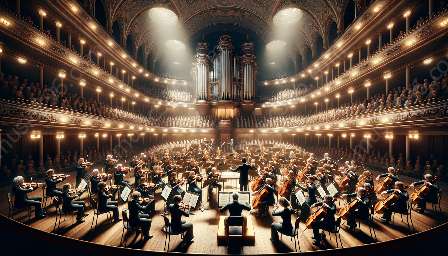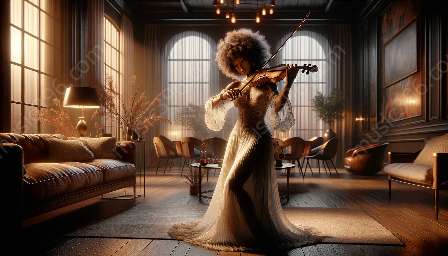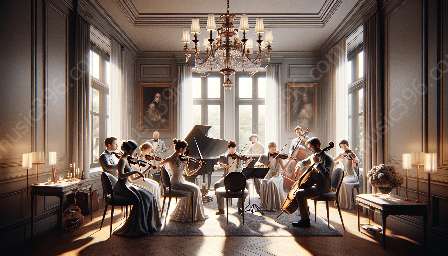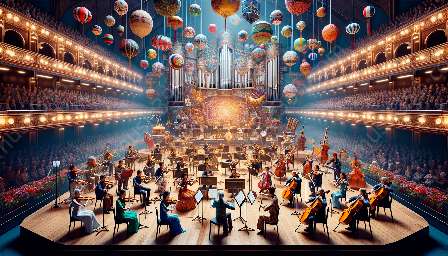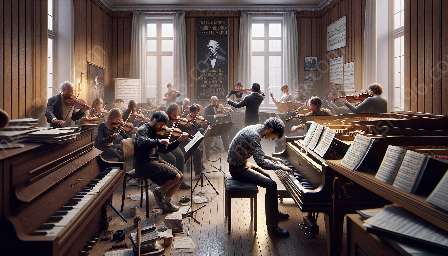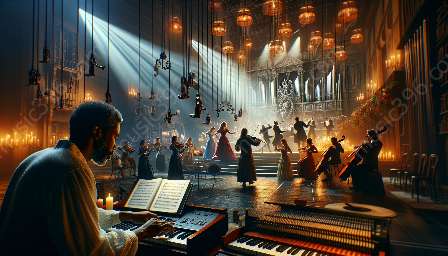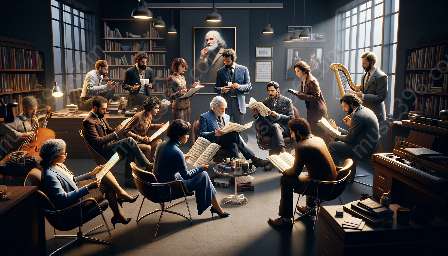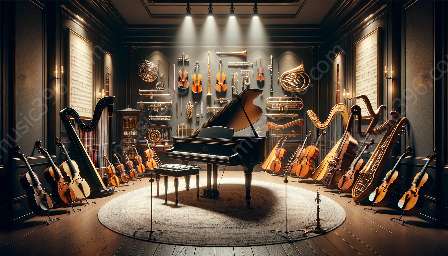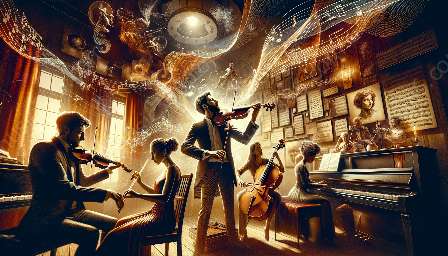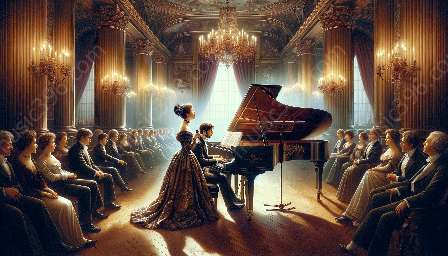The world of classical music notation is witnessing remarkable trends and innovations that are reshaping the way musicians read and interpret musical scores. These advancements are not only enhancing the composer's ability to express their musical ideas but also providing performers with new tools for artistic expression.
1. Interactive Notation Software
One of the most significant trends in contemporary classical music notation is the development of interactive notation software. Composers and engravers now have access to powerful tools that allow them to create intricate scores with precise notation, facilitating the visualization and playback of complex compositions. This innovation has revolutionized the composition process, enabling composers to experiment with notation in new and dynamic ways.
2. Graphic Notation
Graphic notation has emerged as a fascinating trend in contemporary classical music. It provides a departure from traditional musical notation by using visual symbols and diagrams to convey musical ideas. Composers are exploring innovative ways to represent musical elements such as pitch, rhythm, and dynamics through visual art, offering a fresh perspective on musical expression. This trend has sparked creativity and expanded the possibilities for composers to communicate their artistic visions.
3. Extended Techniques Notation
In contemporary classical music, there is a growing emphasis on extended techniques notation. Composers are pushing the boundaries of traditional notation by incorporating unconventional performance techniques and unconventional sounds into their scores. Notation systems for these extended techniques have become increasingly important, allowing performers to interpret and execute the composer's unconventional instructions accurately. This trend has enriched the classical music repertoire with new sonic dimensions and expanded the expressive range of classical instruments.
4. New Symbols and Notation Conventions
Another noteworthy innovation in contemporary classical music notation is the development of new symbols and notation conventions. Composers and theorists are exploring novel ways to represent musical nuances that were previously challenging to notate accurately. This includes the introduction of microtonal notation, alternative time signatures, and unconventional articulation marks, providing composers with greater freedom to express nuanced musical gestures and creating new interpretative challenges for performers.
5. Digital and Augmented Reality Notation
The integration of digital technology and augmented reality into classical music notation has opened up new frontiers in the field. Composers and performers can now explore interactive and immersive notation experiences, where digital platforms and augmented reality devices bring scores to life in innovative ways. This trend has the potential to transform the traditional concert experience, offering audiences and musicians an enriched and interactive engagement with musical scores.
6. Notation Accessibility and Inclusivity
A crucial trend in contemporary classical music notation is the focus on accessibility and inclusivity. Efforts are being made to develop notation systems that cater to diverse musicians, including those with disabilities or who engage with non-traditional music-making practices. This trend aims to democratize access to classical music and promote a more inclusive and equitable musical environment.
7. Interdisciplinary Notation Collaboration
Contemporary classical music notation is witnessing increasing collaboration between composers, visual artists, technologists, and performers. This interdisciplinary approach has led to the integration of visual elements, multimedia components, and technology-driven notation solutions in the creation and interpretation of musical scores. As a result, classical music notation has evolved into a multidimensional and collaborative art form that fuses various creative disciplines.
These trends and innovations in contemporary classical music notation demonstrate the dynamic and evolving nature of the classical music landscape. As composers, performers, and technologists continue to push the boundaries of traditional notation, the future holds exciting possibilities for the intersection of music, technology, and artistic expression.

